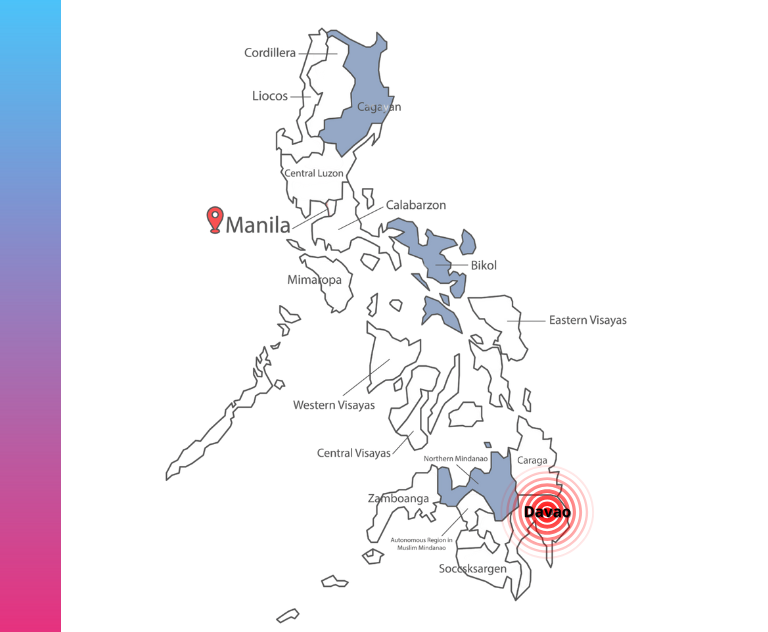Table of Contents
Learning how to manage international teams requires more than just hiring talent from different countries. It demands a strategic approach to collaboration, communication, and culture.
Without a solid framework, remote teams can struggle with misalignment, burnout, and disengagement. However, with the right practices in place, businesses can foster a thriving remote work environment that supports both productivity and employee well-being.
Below, we explore five key strategies to enhance the efficiency and cohesion of your global remote team.
1) Improve your remote culture
Remote work is, by default, distinct than in-office work models, so the culture must follow that. When you embrance this change, it builds team habits that mix productivity with adaptability.
A strong remote culture also helps international teams stay connected despite physical distances. Leaders should define and communicate clear values since onboarding. Additionally, it’s important to give an extra thought in making collaborators feel validated, by celebrating milestones and achievements to boost morale.
Remote culture starts in onboarding and it’s nurtured over time by shifting the focus on employee’s progress and sustainability instead of traditionally fixed schedules and expectations.
2) Simplify scheduling
With the lack of in-person exchanges, many leaders resort to a culture of constant meetings and micromanaging, which can eventually backfire, resulting in burnout and employees turnover.
It’s important to rely on asynchronous communication whenever possible to reduce scheduling conflicts. You can also balance flexibility with availability to ensure smoother operations and keep everyone focused on what’s really needed.
Furthermore, coordinating meetings across multiple time zones can be a challenge. So, improve schedules with tools like World Time Buddy or Google’s time zone feature to rotate meeting times, accommodate different regions, and optimize calendars.
3) Use accessible technology


The right technology makes remote work seamless and productive. Leaders should invest in reliable communication tools like Slack, Microsoft Teams, or Zoom. They can also use cloud-based project management platforms such as Asana, Trello, or ClickUp.
On the other hand, remember to centralize your data, information and communication sharing platforms. Ensure that all tools are accessible in different countries and avoid using too many software that don’t work well together.
If you’re providing corporate hardware for your international employees, try to maintain a standard in machinery quality and operational systems. Technology should empower employees rather than create barriers, so choose a strategy that integrate easily with existing workflows.
4) Document processes
The need for clear documentation of processes is often overlookes by remote team leaders, but it ensures consistency and reduces misunderstandings. Best practices include creating a centralized knowledge base using Notion, Confluence, or Google Drive.
Team leader can should develop standard operating procedures for common tasks, as well as keep guidelines updated to reflect changes in policies or tools.
A well-documented workflow enables team members to work independently and in their own time, which is a fundamental part of an efficient remote international team.
5) Provide team building opportunities
Workplace loneliness is a possible detriment to remote work. A survey by Ringover found that remote workers are by far the most often lonely at work (24%) compared to office workers (12.1%) and hybrid workers (8,6%).
So creating team building opportunities is not only a good chance to attract and retain top talent, but also to protect the health of your team. Remote team building activities can range from having informal “cameras on” meetings to setting up social channels, or even stating meeting with icebreakers.
Another trend for international teams is to have in-person gatherings when possible, such as year-end celebrations and so on. The cost of planning a trip or setting up an event can be returned as an investment in more connected and engaged collaborators.
How to manage international teams: conclusion
Building a successful remote international team is an ongoing process that requires intention and adaptability.
By improving remote culture, simplifying scheduling, using accessible technology, documenting processes, and providing team-building opportunities, organizations can create a sustainable and engaging work environment.
With these strategies in place, businesses can bridge geographical gaps and empower their teams to collaborate effectively—no matter where they are in the world.





























